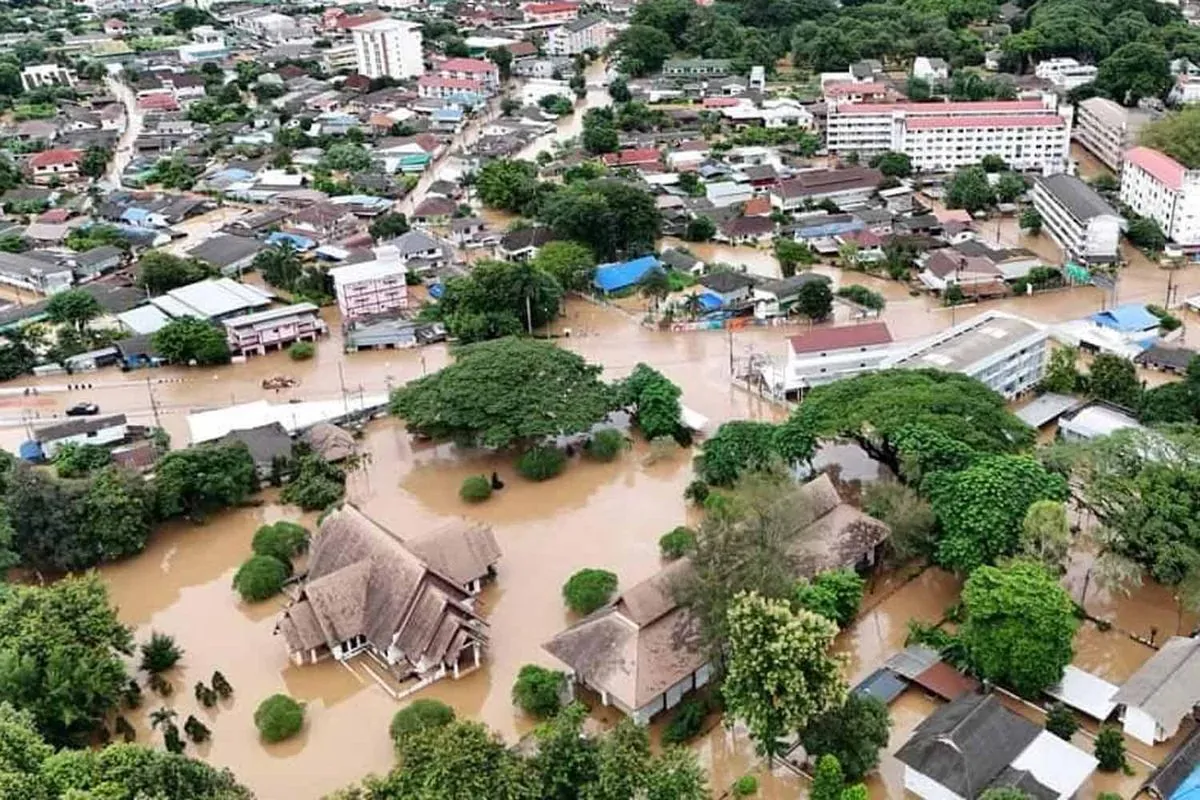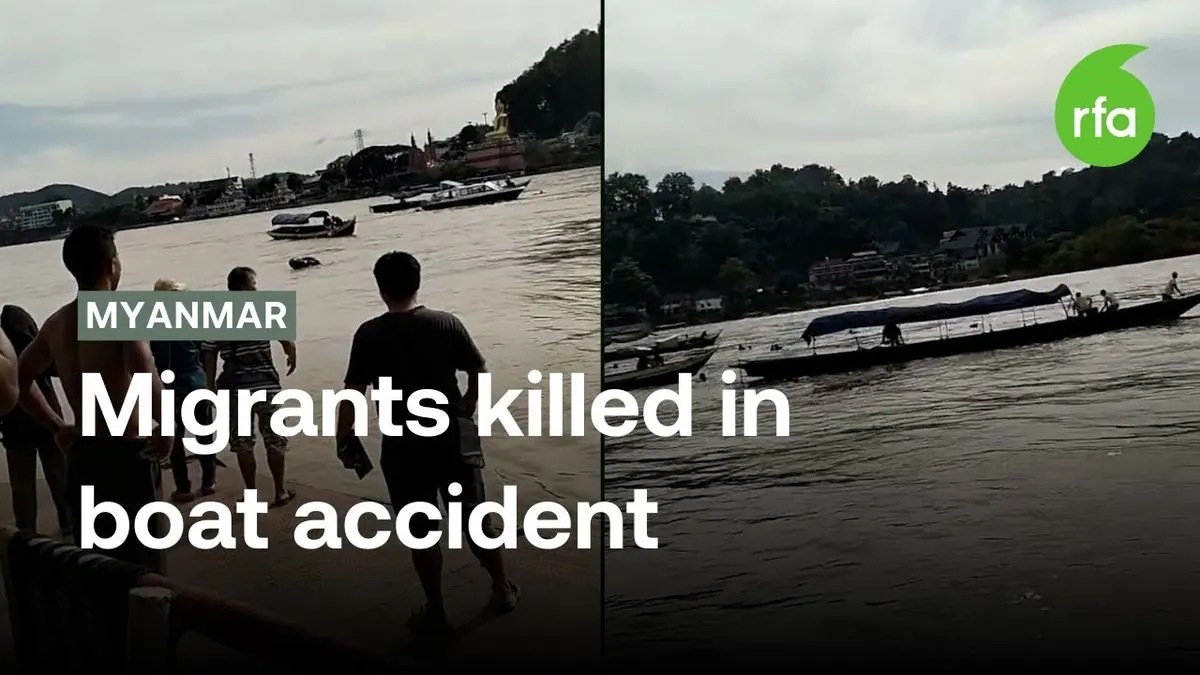Typhoon Yagi Intensifies Northern Thailand Floods, Prompting Mass Evacuations
Severe flooding in northern Thailand, exacerbated by Typhoon Yagi, has led to mass evacuations and rescue operations. Military special forces have been deployed to assist thousands of stranded residents in Chiang Rai province.

In a critical turn of events, northern Thailand is grappling with severe flooding, intensified by the recent impact of Typhoon Yagi. The situation has prompted large-scale evacuations and extensive rescue operations, particularly in the northernmost province of Chiang Rai.
Narongpol Kid-an, head of the Mai Sai district in Chiang Rai, reported that while flood waters have begun to recede in some areas, numerous riverside settlements remain submerged. He emphasized the urgency of the situation, stating, "We are rushing to bring out people trapped inside their houses. There are still hundreds of people who need to be rescued."
The Thai government has responded by deploying military special forces, including Thai Navy SEAL units, to assist in rescue efforts. These elite teams are utilizing boats and helicopters to reach stranded residents and deliver essential supplies. The Thai Navy has dispatched nine flat-bottom boats, successfully delivering over a thousand aid packages to affected areas in Chiang Rai.

The flooding has had a significant impact on infrastructure and daily life in the region. Chiang Rai city, one of northern Thailand's largest urban centers, has seen key roads and areas inundated. The local airport has been severely affected, with nine out of ten scheduled flights cancelled due to impassable access roads.
Kornchit Chomphudeng, head of Chiang Rai's Office of Disaster Prevention and Mitigation, noted that this flooding event has affected a wider area compared to recent floods. The situation is particularly dire in the Ban Kwai Wua Dam area, where authorities are planning to use Thai Air Force helicopters to deliver food and water to approximately 3,000 marooned individuals.
The impact of this disaster extends beyond Chiang Rai. Since mid-August 2024, at least 33 people have lost their lives across Thailand due to rain-related incidents, including landslides. The situation has been exacerbated by Typhoon Yagi, which has claimed at least 197 lives in neighboring Vietnam since making landfall on September 7, 2024.
In response to the ongoing crisis, Thailand's Office of National Water Resources has issued warnings to 36 provinces, including the capital Bangkok, alerting them to the potential for flash floods due to heavy rainfall. This widespread alert underscores the far-reaching impact of the current weather patterns on the country.
"The influence of Typhoon Yagi, combined with the ongoing monsoon season, has created a perfect storm scenario for northern Thailand. We urge all residents in affected and at-risk areas to stay vigilant and follow evacuation orders promptly."
The current flooding crisis in Thailand highlights the country's vulnerability to extreme weather events, which are expected to increase in frequency and intensity due to climate change. Since the devastating floods of 2011, Thailand has been working to improve its flood management and early warning systems. However, challenges remain, particularly in mountainous regions like Chiang Rai, where flash floods can develop rapidly.
As rescue operations continue, the resilience of the Thai people and the efficiency of the country's disaster response mechanisms are being put to the test. The coming days will be crucial in mitigating the impact of this disaster and ensuring the safety of those affected by the floods.


































